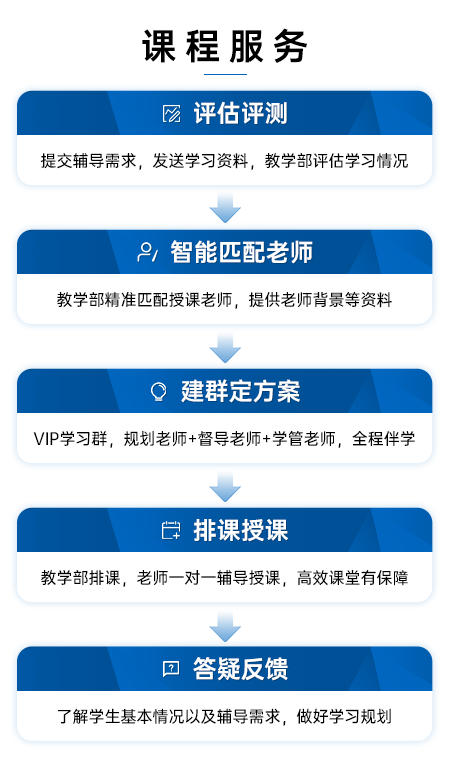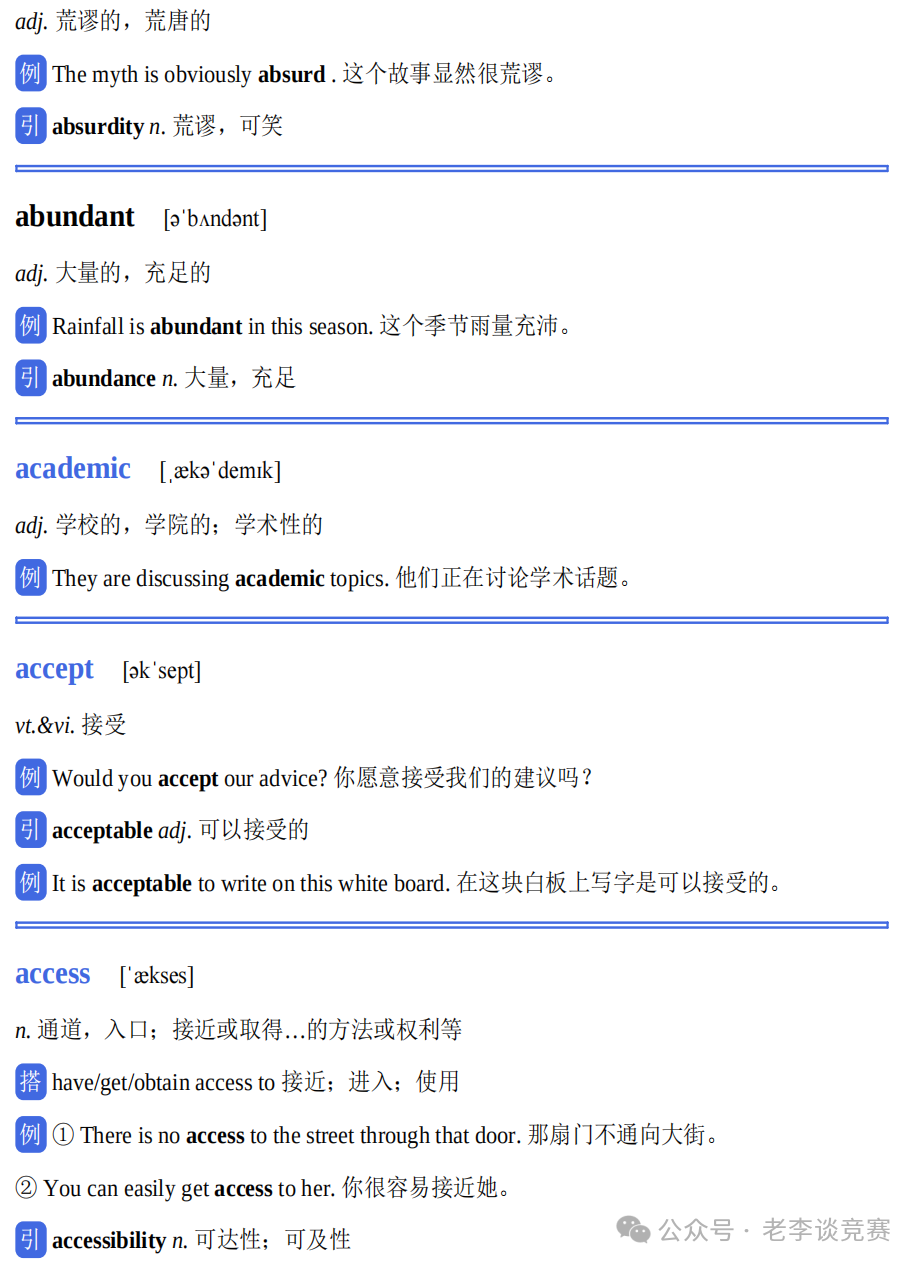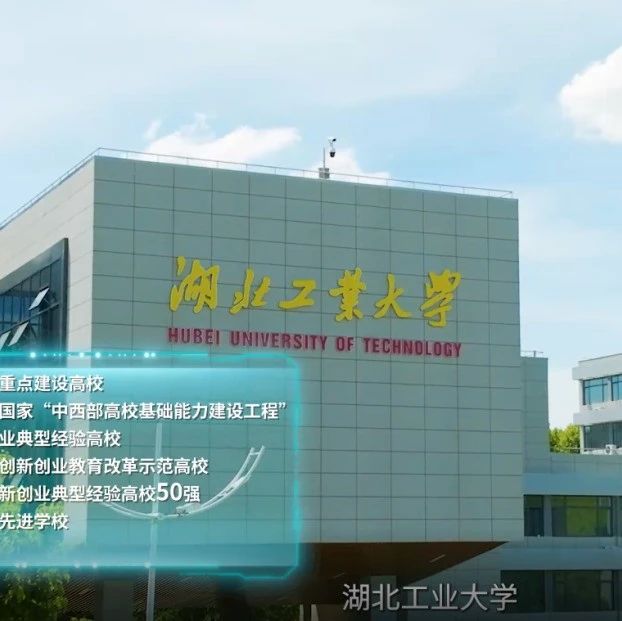文章目录[隐藏]
中文赛题:为农业腾出空间
情境
一片充满参天大树和多样化野生动物的森林被清理,以腾出农业用地。这片曾经生机勃勃的生态系统——鸟类、昆虫和动物的家园——不复存在,取而代之的是成排的农作物。土地开始发生变化:曾经蕴含自然丰富性的土壤变得贫瘠,害虫开始侵袭作物。为了应对这些问题,农民使用了化学品,但这种做法破坏了土地的平衡。随着这种转变,原本繁荣的生态系统网络被打破,取而代之的是基于农业生态系统的新食物网。在一个成熟的农业系统中,有蝙蝠、鸟类及其他物种,但要实现这一点,生态系统必须逐渐成熟。
建模与分析
世界各地都存在类似的情景。作为“成熟农业实践考量小组”(COMAP)的成员,您被要求构建一个模型,追踪从森林到农场的栖息地变化过程。您的主管希望您的团队能够主导分析一个被改造的森林区域如何随着生态系统的演变及伴随的农业选择而发生变化。主管希望分析包括自然过程以及人类决策。因此,您应从一个新清理的改造森林生态系统开始建模,并通过物种变化以及农业实践的多种影响,追踪模型的变化阶段。您可以基于假设构建森林到农场的情景,也可以使用此类演变的历史实际数据。以下是您在分析中可能需要考虑的方面:
自然过程
- 构建当前生态系统的模型:为替代原始森林地区的新农业生态系统建立一个基础食物网模型。包括生产者和消费者,以及农业周期和其季节性变化对系统动态的影响。考虑除草剂和杀虫剂的影响,包括化学品使用对植物健康、昆虫种群、蝙蝠和鸟类种群以及生态系统稳定性的影响。
- 物种的重新出现:随着边缘栖息地的成熟,本地物种逐渐回归。当物种回归时,这些物种与现有环境的相互作用会改变农业生态系统。将两种不同的物种纳入模型以确定其影响。
人类决策
- 移除除草剂:随着生态系统的成熟,农民可能尝试减少对化学品的依赖。
- 如果移除了除草剂,请报告生态系统在生产者和消费者方面的稳定性。
- 通过将蝙蝠引入食物网模型,使生态系统恢复平衡。将蝙蝠作为控制害虫的食虫动物和支持植物繁殖的传粉者进行建模。考虑蝙蝠与昆虫、植物及捕食者的相互作用对生态系统整体稳定性的影响。确定另一种有益物种以恢复生态平衡,并比较其影响。
- 绿色农业?分析农民考虑有机农业方法的影响。应考虑不同有机农业成分的情景,展示对生态系统整体及其各组成部分的影响。讨论诸如害虫控制、作物健康、植物繁殖、生物多样性、长期可持续性及成本效益等方面。
分享您的见解
- 包括一封写给探索有机农业实践的农民的一页信。
- 为农民提供有关应采用哪些方法的建议,包括经济权衡和可持续性讨论。帮助农民制定策略,在成本和可持续性之间取得平衡,并讨论如何倡导某些政策以激励这种农业保护方式。
您的 PDF 解决方案总页数不得超过25页,包括:
- 一页摘要页。
- 目录。
- 完整解决方案。
- 一封给交通官员的信(一页)。
- 参考文献列表。
- AI使用报告(如果使用不计入 25 页总限制)。
注意:完整的 MCM 提交文件没有特定的最低页数要求。您最多可使用 25 页来包含您的所有解决方案内容及其他补充信息(例如图纸、图表、计算和表格)。允许提交部分解决方案。我们允许谨慎使用 AI 工具(例如 ChatGPT),但完成本问题并不一定需要使用 AI 工具。如果您选择使用生成式 AI 工具,必须遵循 COMAP 的 AI使用政策。此政策要求您在解决方案文件的最后额外添加一份 AI 使用报告,不计入 25 页的总限制。
全新 MCM/ICM:在线提交流程
本文旨在协助和指导参加 MCM/ICM 的学生和顾问。在文章中,COMAP 提供了有关使用新在线提交页面的新在线提交流程的信息:
https://forms.comap.org/241335097294056
您需要团队的控制号、顾问 ID 号和问题选择才能完成提交。
术语表
改造森林区域:指森林被清理后用于农业的土地。
食物网:食物网是生态系统中生物之间复杂的捕食关系网络,展示了能量和营养如何在生态系统的不同层次间流动和相互作用。从生产者(植物)到多个层次的消费者(草食动物、肉食动物和杂食动物),再到分解者(真菌、细菌),它对于理解生态系统如何运作和维持平衡至关重要。
- 初级生产者:植物和农作物。
- 初级消费者:以植物为食的草食动物。
- 次级消费者:以草食动物为食的肉食动物和其他捕食者。
- 三级消费者:以次级消费者为食的大型捕食者。
- 分解者:分解死亡生物并将营养物质带回生态系统的真菌、细菌和蚯蚓。
农业生态系统:农业生态系统是复杂的,其中各种生物通过食物网相互作用,既支持生态平衡又促进作物生产。人类干预,如使用除草剂、杀虫剂和化肥,通常用于提高作物产量,但可能带来负面的生态和经济后果。蝙蝠在农业生态系统中发挥重要作用,提供诸如害虫控制和授粉等生态服务,从而促进农业的可持续性。
农业周期:农业周期是指农业生产的各个阶段,从种植和作物生长到收获以及为消费或销售做准备。关键阶段包括:
- 土壤准备:通过翻耕、除草和添加肥料准备土地。土壤是作物生长的重要媒介,也是食物网的基础。
- 种植/播种:在适宜的时间种植种子或秧苗,这取决于天气、温度和土壤条件。
- 生长期:作物通过光合作用生长,吸收空气中的二氧化碳、土壤中的水和太阳能。这是食物网能量流动的一部分,植物是生产者,与草食动物发生相互作用。
- 施肥与害虫控制:通过施肥确保作物获得足够的营养,并使用杀虫剂或有机方法控制可能损害作物的害虫。这些方法可能通过影响某些物种对自然食物网产生连锁效应。
- 收获:当作物成熟时被收割,暂时从食物网中移除植物。
- 后处理:作物被加工为食品、包装并运输至市场,连接农业周期与更广泛的经济活动。
- 消费:最终,作物被人类和动物消费,或转化为其他产品。
- 分解:任何有机废物可能会分解,将营养物质归还土壤。
蝙蝠:作为有益农业食物网的一个例子,蝙蝠在维持健康生态系统中发挥重要作用,从而带来显著的经济利益。这包括害虫控制、授粉和种子传播、生态系统平衡、提供肥料的蝙蝠粪、生态旅游,以及减少医疗成本。
边缘栖息地:农业用地周围的区域,作为农田与周围生态系统之间的缓冲地带。
Problem: Making Room for Agriculture
Situation
A forest filled with towering trees and diverse wildlife was cleared to make way for agriculture. The once-thriving ecosystem, home to birds, insects, and animals, vanished and in its place, rows of crops were planted. The land began to change – soil that once held the richness of nature became depleted, and pests began to invade the crops. To combat this, the farmers turned to chemicals, but the balance of the land was disrupted. With this shift, the intricate web of life that had flourished in the forest was broken, and a new, human-driven cycle of agriculture took its place creating a new food web based on an agricultural ecosystem. In an established agricultural system, there are bats, birds and other species but to get there, the ecosystem must mature.
Model and Analyze
In places throughout the world, scenarios like this one occur. As a member of the Consideration of Mature Agricultural Practices (COMAP) group, you have been asked to construct a model to track habitat change from forest-to-farm. Your supervisor has given your team the lead in determining how a converted forest area can change over time as the ecosystem evolves along with accompanying agricultural choices. Your supervisor wants the analysis to include both natural processes as well as human decisions. Therefore, you should start your model of a newly cleared converted forest area ecosystem and track the model through stages of change due to the changes in species in addition to the many impacts of farming practices. You can make assumptions to build a situation of forest-to-farm, or you can use data and information from stages in a real historic sample of this kind of evolution. You may want to consider the following in your analysis:
Natural Processes
- Model the current ecosystem. Build a basic food web model for this new agricultural ecosystem which recently took the place of a heavily forested region. Include the producers and the consumers as well as the impact of the agriculture cycle and its seasonality which changes the system dynamics over time. Consider the impact of herbicides and pesticides by including the effects of chemical use on plant health, insect populations, bat and bird populations as well as the ecosystem stability.
- Incorporate the reemergence of species. Over time, the edge habitats begin to mature which brings back the species native to the area. As species return, the agricultural ecosystem changes due to the interactions of these species with the current environment. Incorporate two different species into the model to determine the impacts.
Human Decisions
- Removal of herbicide. As the ecosystem matures, farmers may attempt to remove some of the chemical dependance.
- If the herbicide was removed, report on the stability of the ecosystem in terms of the producers and consumers.
- Bring the ecosystem back into balance by incorporating bats into the food web model. Model bats as insectivores that control pest populations and as pollinators that support plant reproduction. Consider how bats' interactions with insects, plants, and predators influence the overall stability of the ecosystem. Identify another species that can provide benefits to bring the ecosystem back into balance and compare the impacts.
- Go green? Analyze the implications of a farmer considering organic farming methods. Consideration should be given to different scenarios with varying components of organic farming. Demonstrate the impact on the ecosystem as a whole and to the individual components. Discuss aspects such as pest control, crop health, plant reproduction, biodiversity, long-term sustainability and cost effectiveness.
Share Your Insights:
- Include a one-page letter to a farmer who is exploring organic farming practices.
- Advise the farmer on what methods should be employed including discussions on economic trade-offs as well as sustainability. Help the farmer determine strategies that could be implemented to balance costs and sustainability and how advocating for certain policies could incentivize this type of conservation in agriculture.
Your PDF solution of no more than 25 total pages should include:
- One-page Summary Sheet.
- Table of Contents.
- Your complete solution.
- One-page letter to the transportation officials.
- References list.
- AI Use Report (If used does not count toward the 25-page limit.)
Note: There is no specific required minimum page length for a complete MCM submission. You may use up to 25 total pages for all your solution work and any additional information you want to include (for example: drawings, diagrams, calculations, tables). Partial solutions are accepted. We permit the careful use of AI such as ChatGPT, although it is not necessary to create a solution to this problem. If you choose to utilize a generative AI, you must follow the COMAP AI use policy. This will result in an additional AI use report that you must add to the end of your PDF solution file and does not count toward the 25 total page limit for your solution.
NEW MCM/ICM: Online Submission Process
The purpose of this article is to assist and guide students and advisors participating in MCM/ICM. In the article, COMAP, provides information about the new online submission process using the new online submission page:
https://forms.comap.org/241335097294056
You will need your team's control number, advisor id number and your problem choice to complete your submission.
Glossary
Converted Forest Area: An area where a forest was cleared so the land could be used for agriculture.
Food Web: A food web is a complex network of feeding relationships between organisms in an ecosystem. It depicts how energy and nutrients flow and interact through different levels of the ecosystem from producers (plants) to many levels of consumers (herbivores, carnivores, and omnivores) and then decomposers (fungi, bacteria). It is critical to understanding how ecosystems function and maintain balance.
- Primary producers: Plants and crops.
- Primary consumers: Herbivores that feed on plants.
- Secondary consumers: Insectivores and other predators that consume herbivores.
- Tertiary consumers: Larger predators that feed on secondary consumers.
- Decomposers: Fungi, bacteria and earthworms that break down the dead and bring nutrients back into the ecosystem.
Agricultural Ecosystem: Agricultural ecosystems are complex, with various species interacting in food webs that support both ecological balance and crop production. Human interventions such as the use of herbicides, pesticides, and fertilizers are commonly employed to increase crop yields, but these can have negative ecological and economic consequences. Bats provide valuable ecosystem services, such as pest control and pollination, which contribute to agricultural sustainability.
Agriculture Cycle: The agriculture cycle refers to the stages of agricultural production from planting and growing crops to harvesting and preparing them for consumption or sale. Key stages are:
- Preparation of Soil: Farmers prepare the land by tilling, removing weeds, and adding fertilizers. The soil is critical as it serves as the medium in which crops grow and supports the food web.
- Planting/Seeding: Farmers plant seeds or seedlings at the appropriate time for the crops to grow. This is dependent on weather, temperature and soil conditions.
- Growth Phase: Crops grow through photosynthesis as they take in carbon dioxide from the air, water from the soil, and energy from the sun. This is part of the energy flow in the food web as the plants are the producers and the herbivores may interact with them.
- Fertilization and Pest Control: Fertilizers can be applied to ensure crops have enough nutrients to grow. Pesticides or organic methods may be used to control pests that can damage crops. These methods may impact the natural food webs by affecting certain species, which can have cascading effects on the ecosystem.
- Harvesting: When the crops reach maturity, they are harvested which removes the plants from within the food web temporarily.
- Post-Harvest Processing: Crops can be processed into food products, packaged and transported to markets which connects the agricultural cycle with the broader economy.
- Consumption: Finally, the crops are consumed by humans and animals or converted into other products.
- Decomposition: Any organic waste may decompose, returning nutrients to the soil.
Bats: As an example of a species beneficial to agricultural food webs, we introduce the importance of bats. They play a critical role in maintaining healthy ecosystems, which in turn provides significant economic benefits. This includes pest control, pollination and seed dispersal, ecosystem balance, guano as fertilizer, ecotourism, as well as reduced health care cost.Edge Habitats: The habitats in the area around a field used for agriculture that serves as a buffer between the field and the surrounding ecosystem(s).













